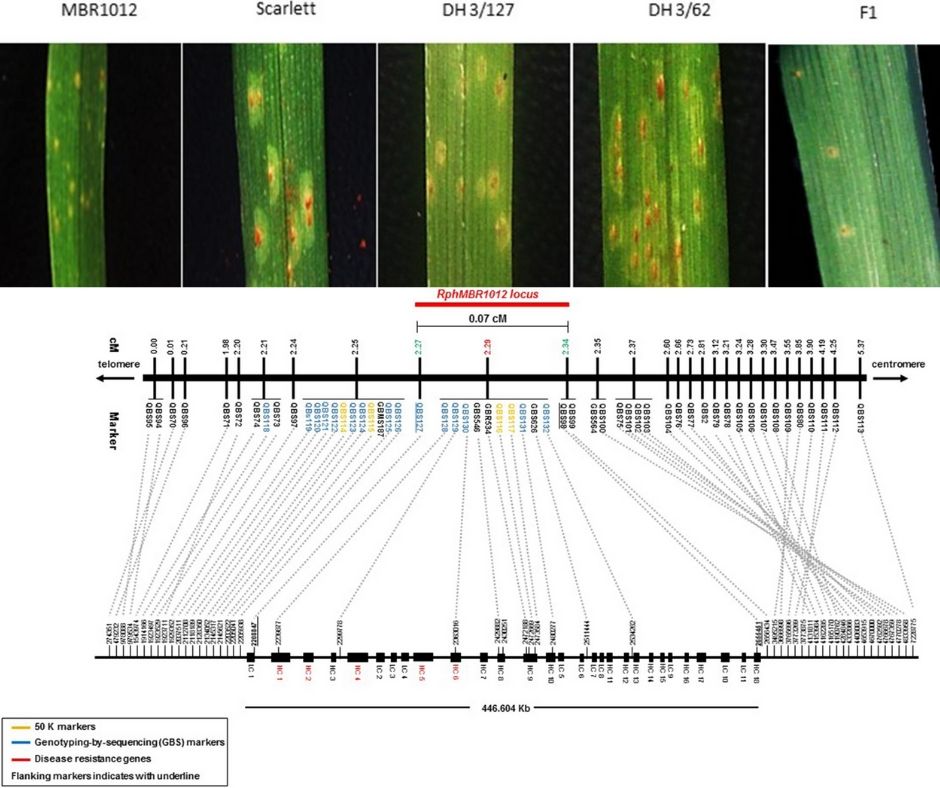
High resolution mapping of RphMBR1012 conferring resistance to Puccinia hordei in barley (Front Plant Sci)
Barley leaf rust (Puccinia hordei) is a biotrophic fungus, in which mutations cause newly virulent races (pathothypes) with severe effects on cultivars. Marker-assisted Selection for Rph (Resistance to P. hordei) genes has been studied to provide sustainable control of this disease. Fazlikhani et al.…
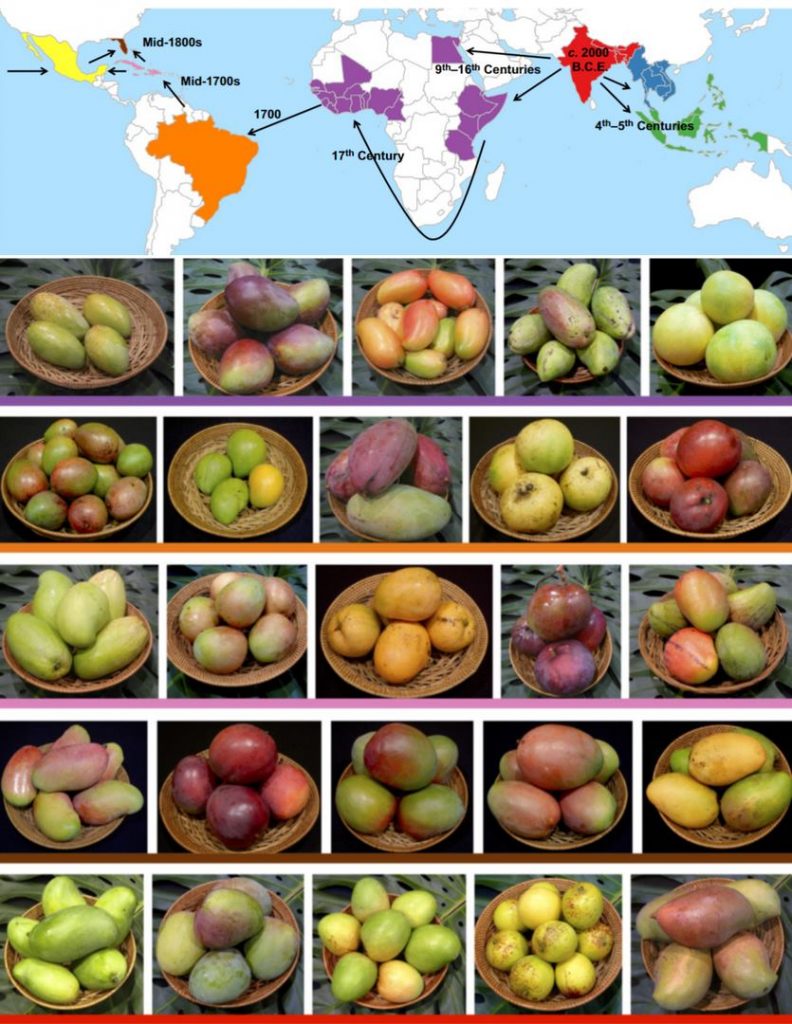
Population genomic analysis of mango suggests a complex history of domestication ($) (New Phytol)
Mango trees have been cultivated for approximately 4000 years which places their domestication in the same timeline as that of walnut, peach, sweet orange, lychee, citron, sweet orange, lemon, and jujube. Throughout the process of domestication, most crops undergo severe bottlenecks which decrease genetic…
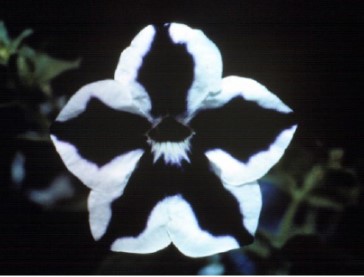
Reflections on Classics: Plant Cell‘s 30th anniversary
“The 1980s were an exciting and revolutionary time for biology, and plant molecular biology in particular,” begins an editorial by Bob Goldberg, Brian Larkins, and Ralph Quatrano, the three Founding Editors of The Plant Cell. They describe why the American Society of Plant Physiologists (ASPP; later,…
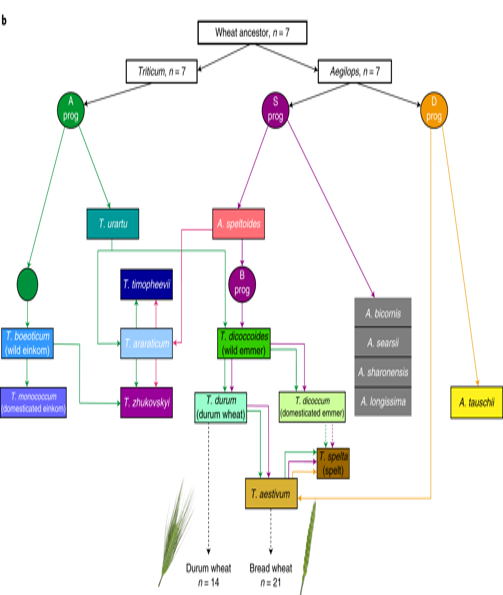
Wheat exome sequencing and wheat ancestry (Nature Genetics)
Wheat is of course a hugely important food for humans, and has been selectively bred across the globe for millennia. Modern bread wheats are hexaploid and contain three distinct subgenomes (AABBDD). As with other crops, there is a need to understand wheat’s ancestry and explore the greater genetic…
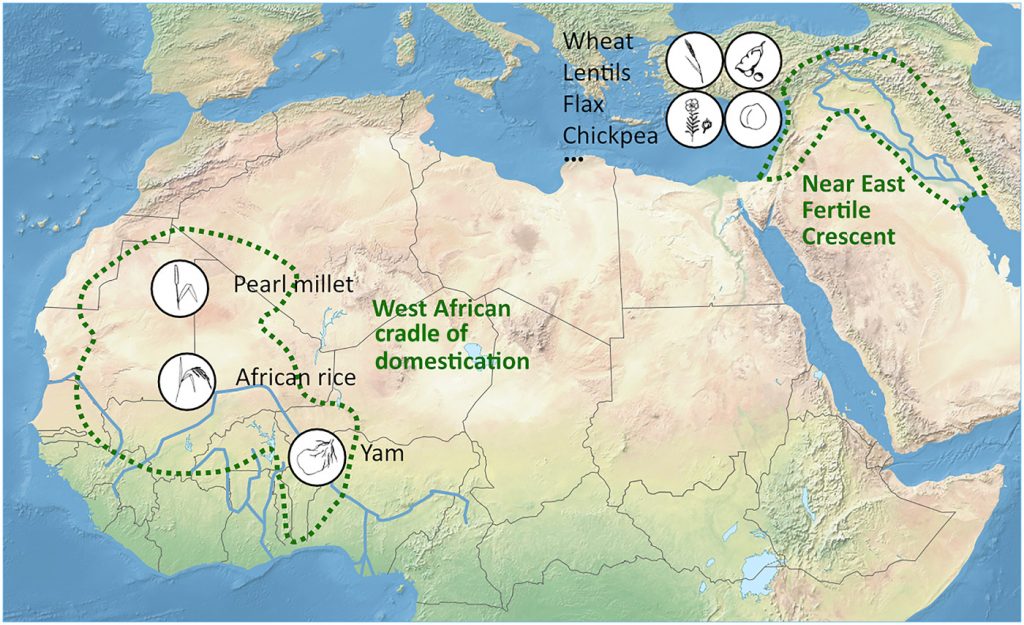
Yam genomics supports West Africa as a major cradle of crop domestication (Sci Advances)
Yams (Dioscorea spp.) were domesticated independently in three continents. African yam (Dioscorea rotundata) is the second most produced crop in Africa, after cassava but ahead of maize, rice and sorghum. Scarcelli et al. use a genomic approach to learn more about its domestication, by sequencing many…
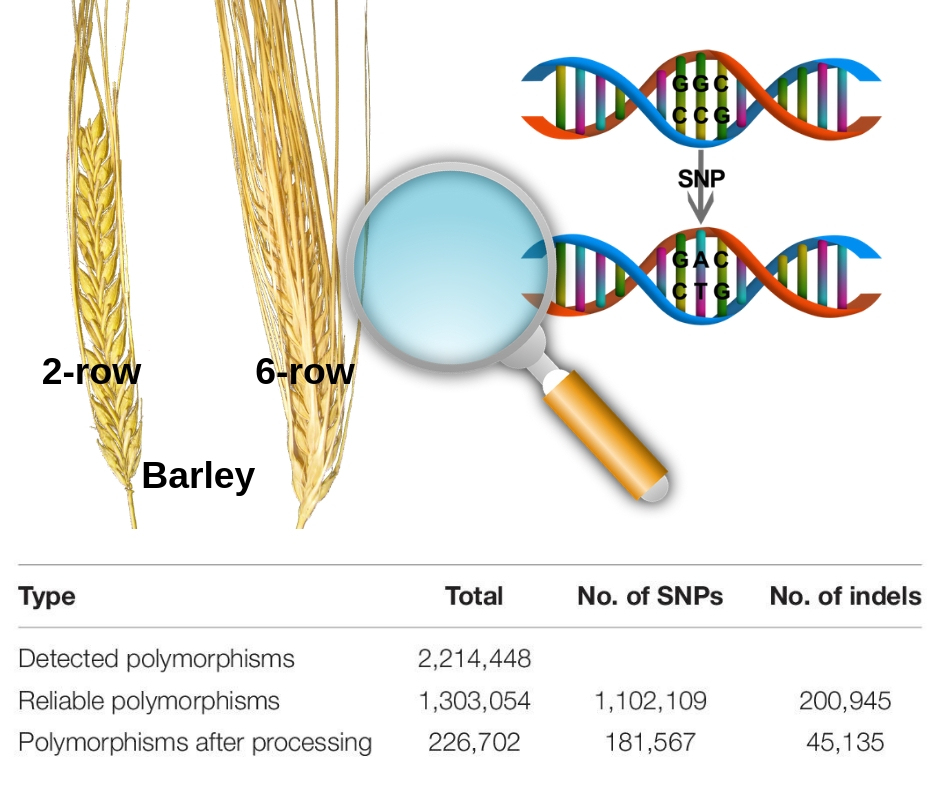
Development of genome-wide SNP markers for barley via reference- based RNA-Seq Analysis (Front Plant Sci)
The availability of marker-assisted systems is key for crop improvement, allowing trait selection by identifying consensus polymorphisms. However, for discriminating between related strains, these DNA markers are limited, time-consuming and expensive. Here, Tanaka et al. developed a RNA-Seq-based genotyping…
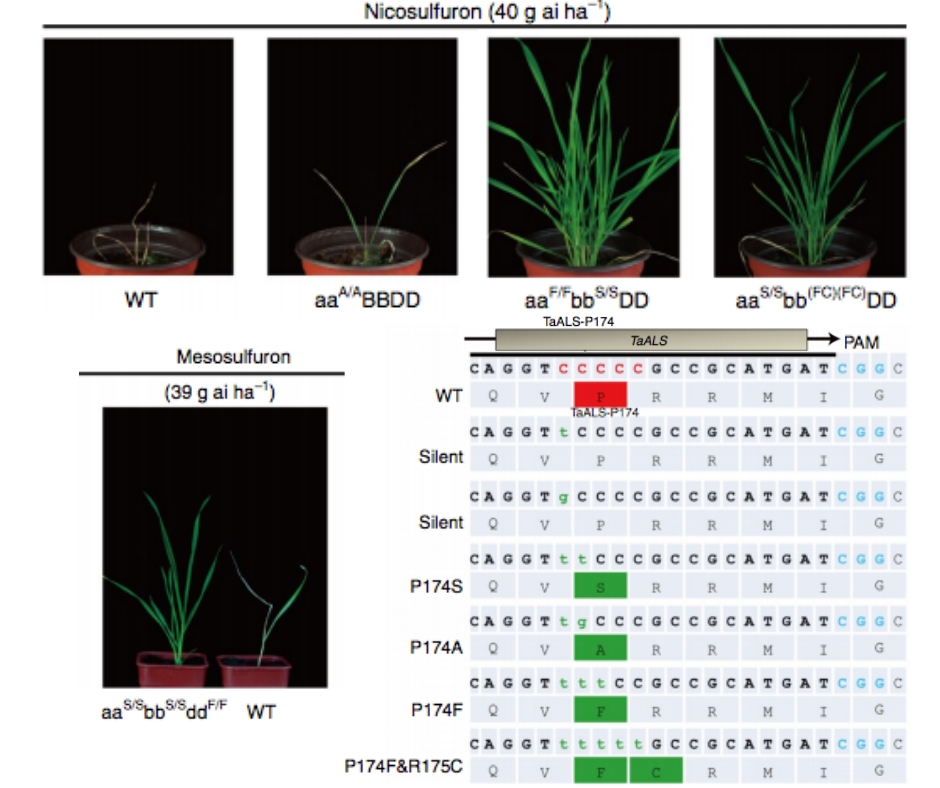
Generation of herbicide tolerance traits and a new selectable marker in wheat using base editing (Nature Plants)
Nowadays, weeds represents a major problem to agriculture due to the limited availability and expense of tools to manage them. Using new technologies to create herbicide-tolerant, non-transgenic varieties could improve weed control. Here, Li et al. analyzed multiallelic editing of the wheat TaALS (encoding…
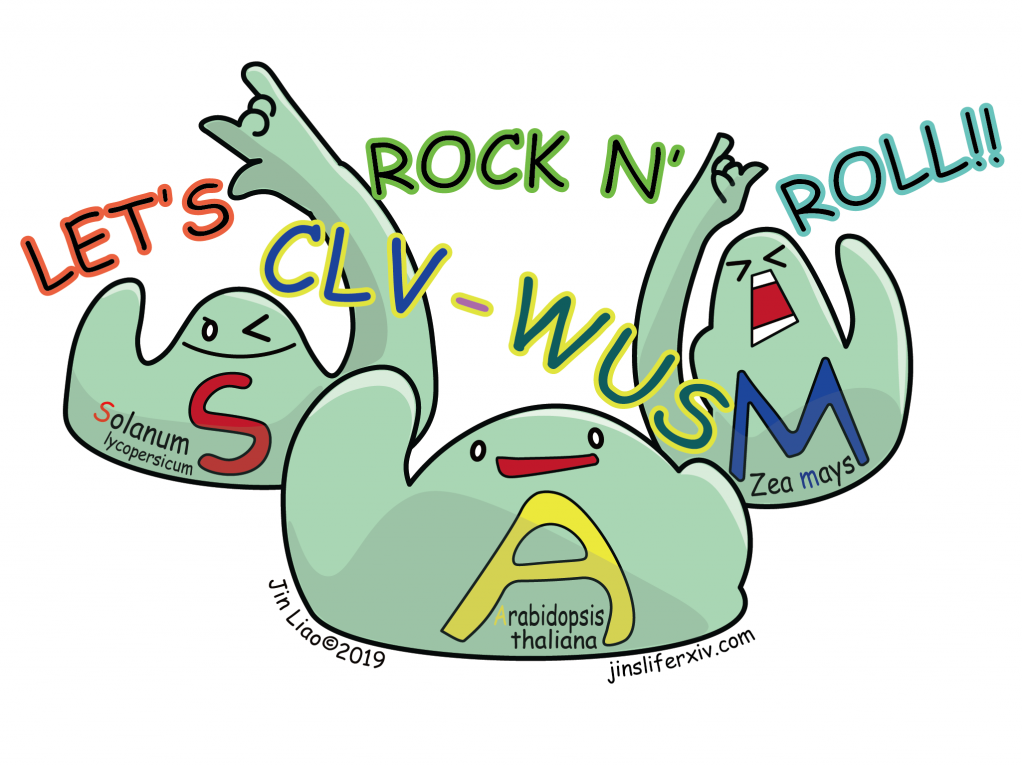
Genetic compensation mechanisms for maintaining plant stem cell robustness ($) (Nature Genetics)
In shoot meristems, the CLAVATA (CLV)-WUSCHEL(WUS) signaling module contributes to the continuous stem cell proliferation for plant development. In Arabidopsis, core CLV-WUS signaling includes the peptide ligand CLV3 and its receptor protein kinase CLV1 together with the transcription factor WUS. These…
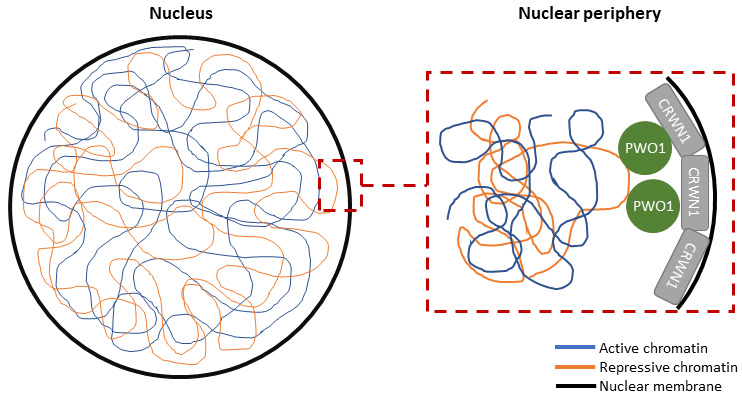
How to pack chromatin in nuclear space? A plant-specific chromatin regulator associates with component of the nuclear periphery
https://doi.org/10.1105/tpc.18.00663
Mikulski et al. find that the PWO chromatin regulator interacts with a structural component of the nuclear periphery.
By Pawel Mikulski, Cell and Developmental Biology, John Innes Centre, Norwich, UK
Background: DNA is wrapped around histone proteins forming…

